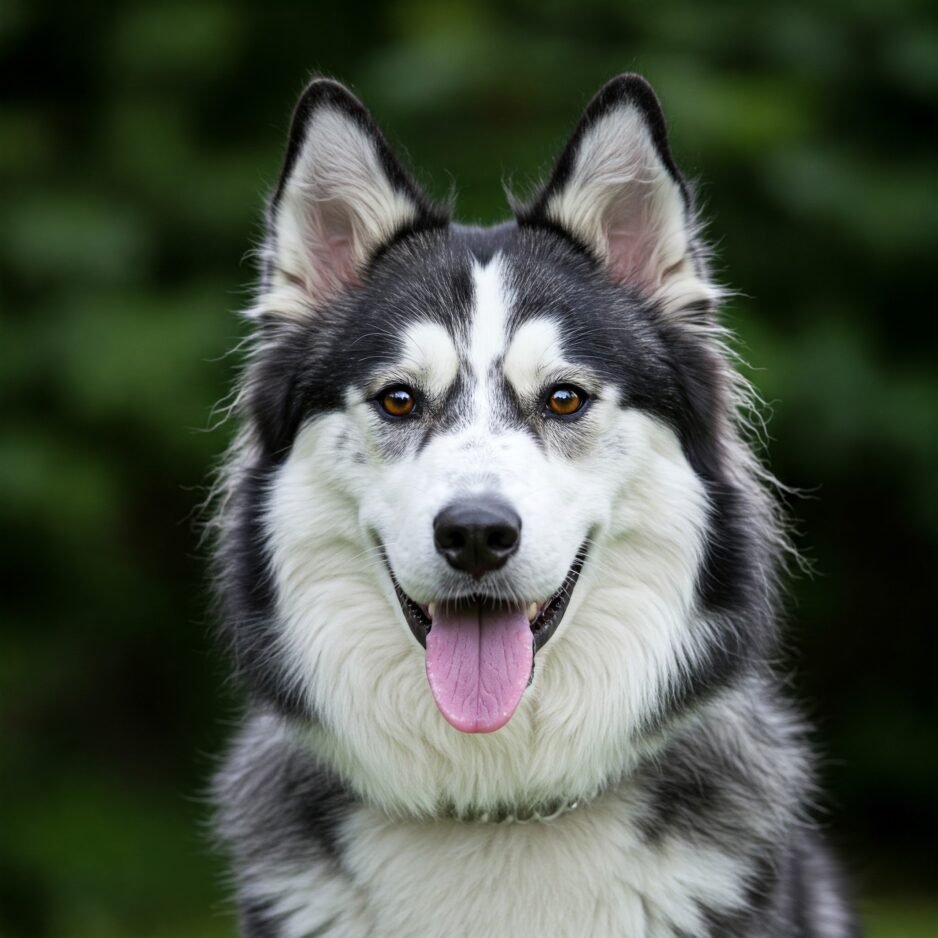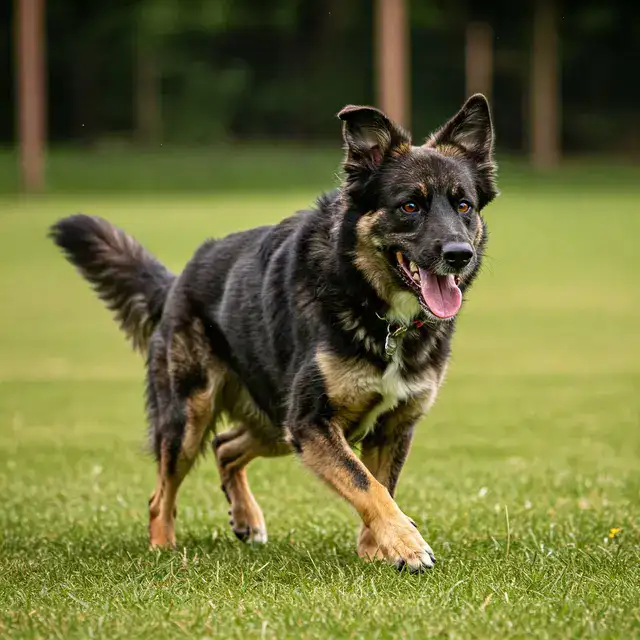-
·
How to Keep Your Dog Healthy: Managing Borador Health Issues
The Borador, a lively Border Collie Lab mix, is a hybrid dog celebrated for its intelligence, energy, and sociability. As a cross between the athletic Border Collie and the friendly Labrador Retriever, Boradors are generally robust but prone to specific health issues due to their genetics. Proactive Borador health management is essential to ensure a…
-
·
The Ultimate Borador Training Guide: From Puppy to Service Dog
The Borador, a vibrant Border Collie Lab mix, is a hybrid dog breed known for its intelligence, energy, and sociability. Combining the sharp mind of a Border Collie with the friendly, adaptable nature of a Labrador Retriever, this hybrid excels in training, making them ideal for everything from family pets to service dogs. This guide…
-

·
The Rottweiler Border Collie Mix: Your New Adventure
Rottweiler Border Collie Mix (Rottie Collie): A Complete Guide to This Intelligent, Energetic Hybrid Dog Looking for a smart and loyal dog that can also protect you? The Rottweiler Border Collie Mix, sometimes called a Rottie Collie, could be just right for you. This mix gets its strong, loving nature from the Rottweiler and its…
-

·
The Truth About Owning a Border Beagle Mix
Border Beagle (Border Collie x Beagle Mix): Complete Care Guide & Traits What is a Border Beagle? The Border Beagle is a cross between the energetic Border Collie and the scent-driven Beagle. Known for their intelligence, loyalty, and playful nature, this hybrid thrives in active households but requires dedicated training and exercise. Key Traits: Border…
-

·
Borgi Mix: Training Secrets for Your Smart Dog
Borgi (Border Collie Corgi Mix): Your Complete Guide to Care, Traits & Training Everything You Need to Know About This Energetic Hybrid What is a Borgi? The Borgi is a cross between the intelligent Border Collie and the playful Welsh Corgi. This hybrid combines the best traits of both breeds: the Collie’s sharp mind and…
-

·
Boxer Meets Border Collie: The Truth About the Boxollie
Boxollie (Boxer Border Collie Mix): Ultimate Guide to Care, Temperament, and Training Your Complete Resource for the Energetic, Intelligent Hybrid Breed What is a Boxollie? The Boxollie (Boxer + Border Collie Mix) is a high-energy, affectionate hybrid combining the Boxer’s playful loyalty with the Border Collie’s herding brilliance. Known for their athleticism and intelligence, Boxollies…
-

·
Is the Husky Border Collie Mix Right for Your Family?
All You Need to Know About the Husky Border Collie Mix Key Takeaway The Husky Border Collie Mix (also called a Border Husky or Colsky) is a high-energy, intelligent hybrid breed combining the Siberian Husky’s endurance and the Border Collie’s work ethic. They thrive in active households, require 90+ minutes of daily exercise, and excel…
-

·
Shollie Dog: Duo of Intelligence and Energy
Shollie: The Ultimate Guide to the German Shepherd x Border Collie Mix Your Complete Resource on This Intelligent, Energetic Hybrid Breed Shollie Breed Overview The Shollie—a cross between the German Shepherd and Border Collie—combines the best traits of two legendary working breeds. Known for their intelligence, loyalty, and boundless energy, Shollies excel as family companions,…
-
·
Energy and Intelligence Unleashed: Is the Bordoodle for You?
Is a Bordoodle Right for You? A Complete Guide to the Border Collie Poodle Mix Bordoodles—the clever cross between the brainy Border Collie and the sophisticated Poodle—are stealing hearts worldwide. These high-energy, affectionate pups blend the best of both worlds: the Collie’s work ethic and the Poodle’s hypoallergenic charm. But are they the right fit…
-
·
The Coltriever Mind: Understanding Their Unique Traits
The Coltriever’s Unique Personality: A Closer Look at Their Traits Meet the Coltriever—a dazzling mix of Golden Retriever charm and Border Collie brilliance. If you’re smitten by this fluffy, sharp-witted hybrid, you’re not alone! Let’s unravel the mystery of their origins, explore their quirks, and discover why they’re stealing hearts worldwide. Unveiling the Coltriever’s Origins…